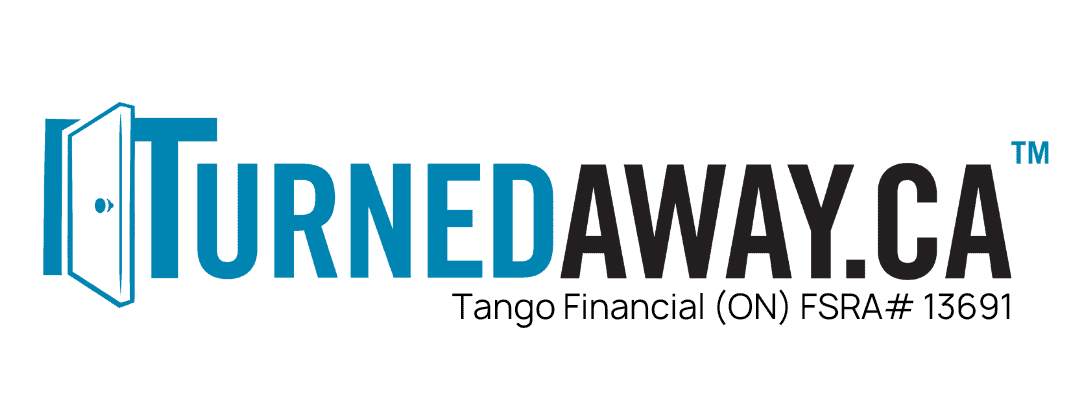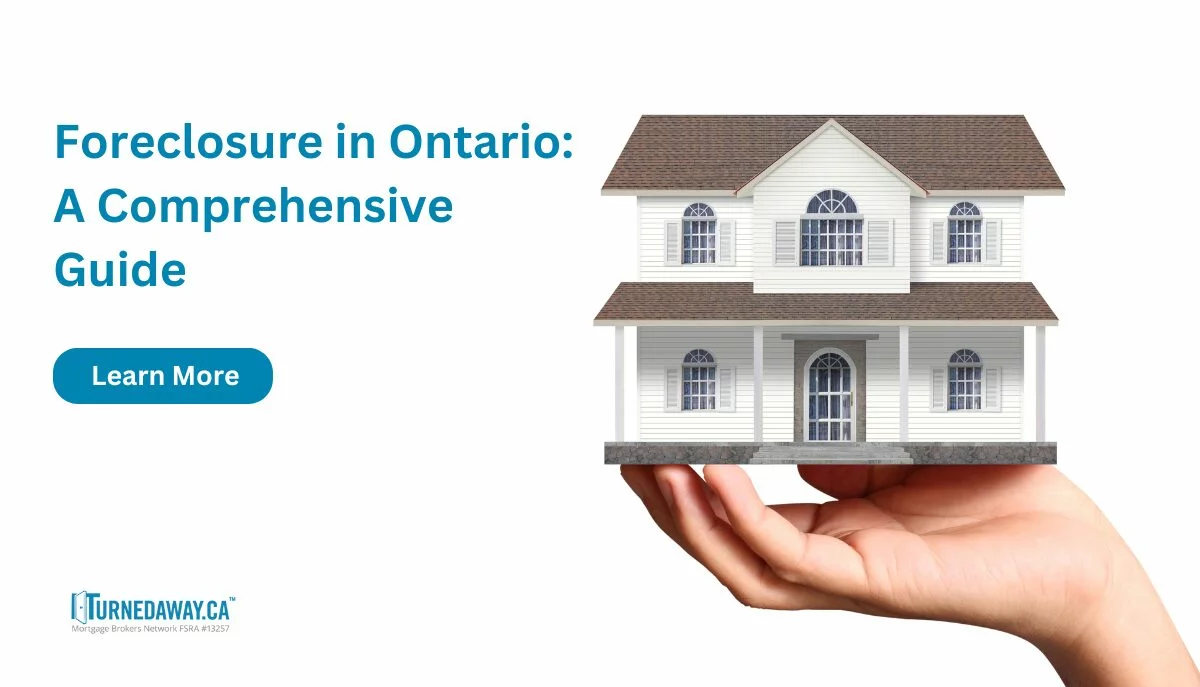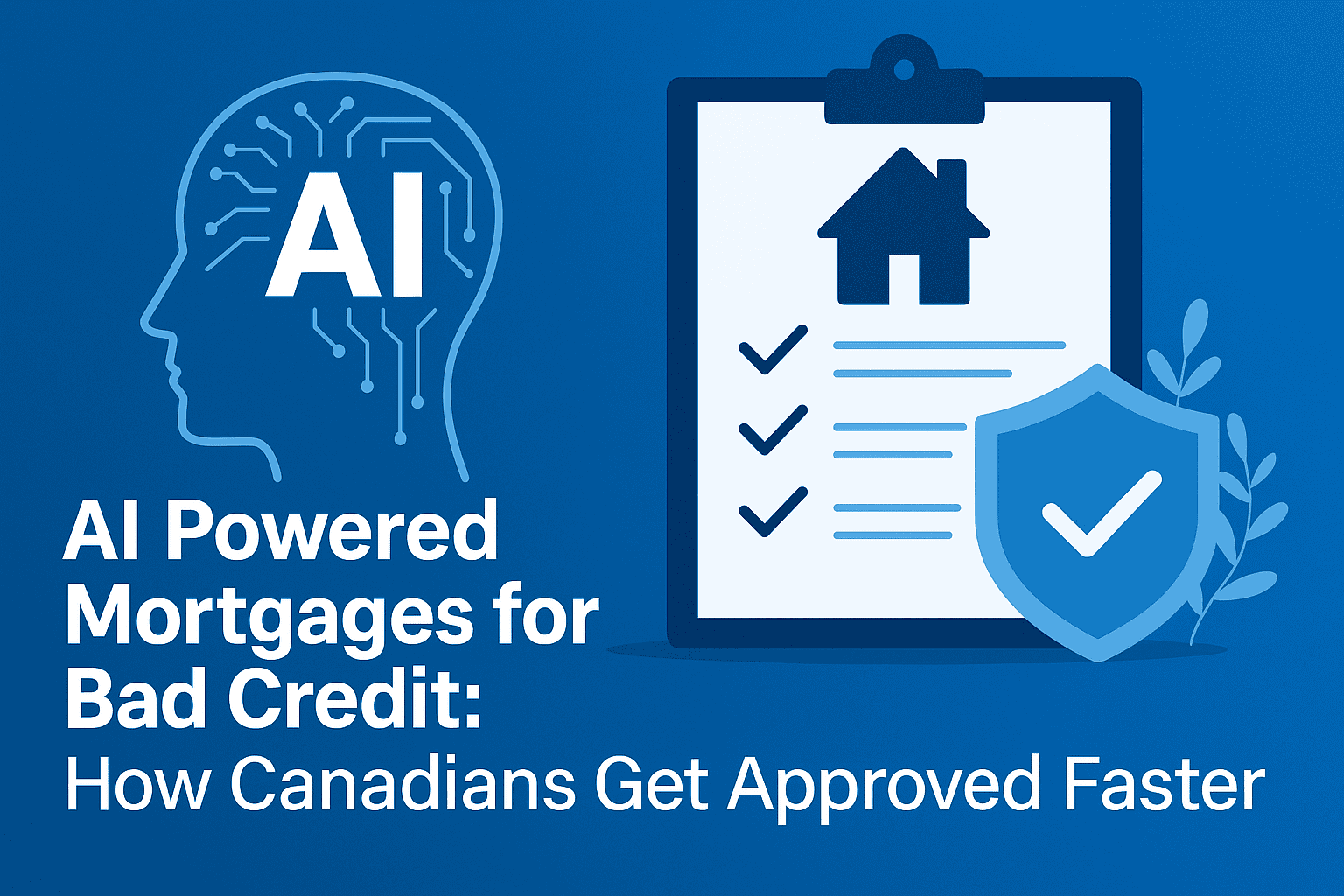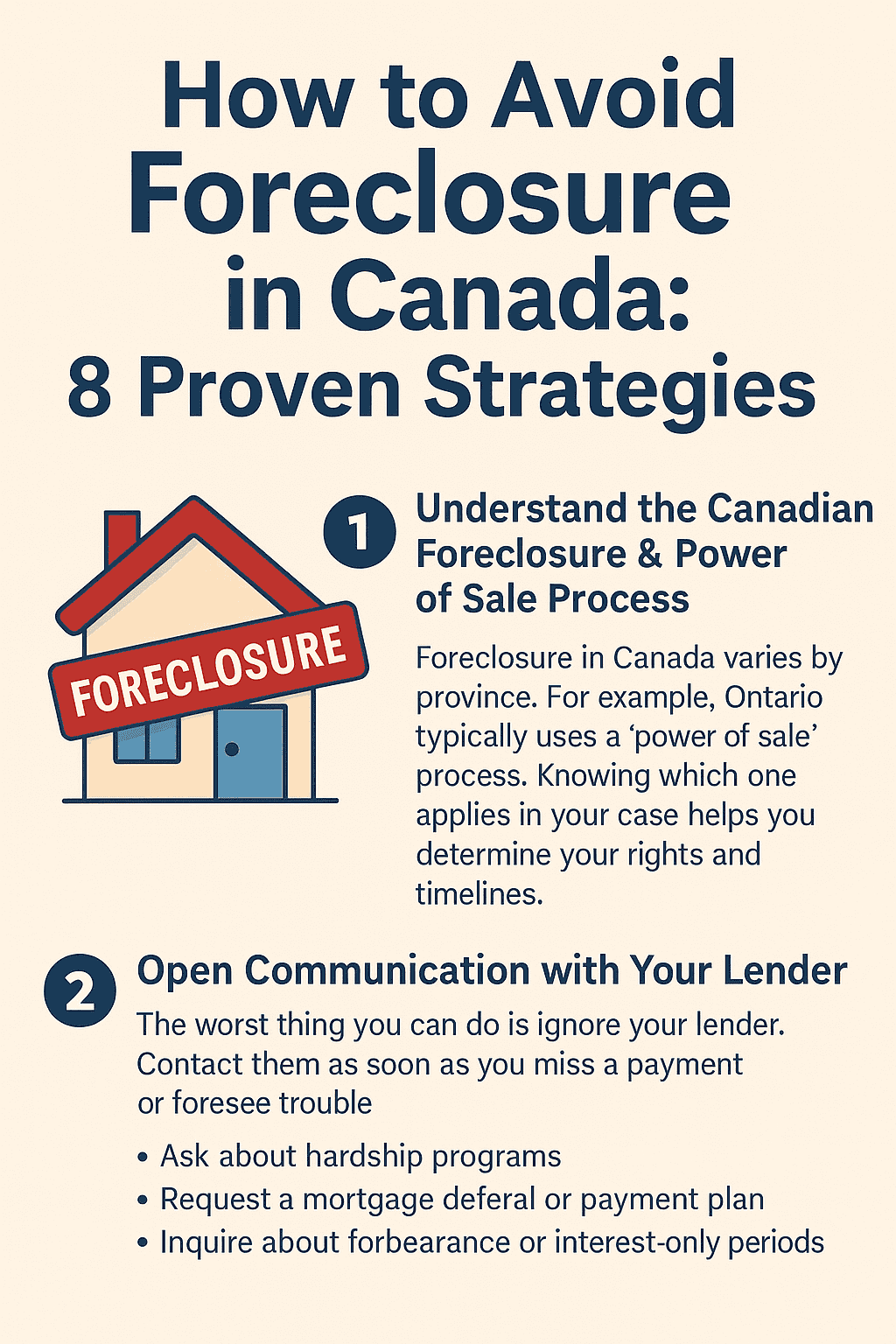When it comes to owning a home, unforeseen difficulties can sometimes lead to the risk of foreclosure. In Ontario, foreclosure is a legal process that occurs when a homeowner fails to meet their mortgage obligations, and the lender seeks to recover the balance of the loan.
Understanding this process is crucial for anyone facing or at risk of mortgage default. This guide will walk you through the basics of foreclosure, helping you comprehend what happens, what your options might be, and the potential aftermath of such situations.
Understanding Foreclosure Process: In Other Provinces
The foreclosure process varies from one province to the next. Foreclosures are common method used by lenders to recoup the mortgage amount in provinces such as British Columbia, Alberta, Manitoba, Saskatchewan, Quebec and Nova Scotia.
If you reside in Ontario, Newfoundland, New Brunswick, Prince Edwards Island then Power of Sale is quite a popular process that lenders choose to recover the mortgage payment. However, in many cases lenders opt for a foreclosure to avoid any high risk or losing loan amount.
When does Foreclosure happen to Homes?
The foreclosure process begins when a homeowner defaults on their mortgage payments. Depending on the mortgage agreement, defaults can occur after missing several payments. Typically, lenders allow three missed mortgage payments before considering foreclosure; however, the process completely depends on terms set by lenders. They hold legal rights to take ownership of the property and sell it to regain the loan amount.
Consequences of foreclosure include losing your home and damaging your credit score significantly, which can affect your ability to borrow money or buy a house in future. It’s a scenario that home buyers hope to avoid but it’s important to understand how it works just in case you fall into that situation.
Laws and regulations governing foreclosures in Ontario
Foreclosure laws in Ontario are somewhat different from those in other provinces in Canada and are designed to provide a fair process. The process is governed under the Ontario Mortgages Act. Foreclosures in Ontario typically go through the judicial sale process, where the lender must apply to the court to get permission to sell the property. This ensures that the process is monitored and fair, preventing unlawful evictions and sales. Additionally, Canadian banks are often open to working with homeowners to find solutions before moving toward foreclosure, as mandated by regulatory practices.
Foreclosure Process in Ontario: Step by Step
Notice of Default
The first step in the foreclosure process in Ontario usually starts with a Notice of Default. When a homeowner fails to make a mortgage payment, the lender issues this notice to inform the borrower that they are in breach of the mortgage agreement.
Period of Redemption
After receiving the Notice of Default, homeowners are typically given a redemption period. This period, often lasting 35 days, allows the borrower a chance to pay off the overdue amounts, including any additional fees, to bring the mortgage back into good standing. During this time, it is crucial to explore all possible options to resolve the default.
Issuing a Statement of Claim
If the homeowner fails to settle the arrears within the redemption period, the lender then moves forward by issuing a Statement of Claim for Foreclosure. This is a legal document filed in court outlining the lender’s claim against the borrower. Upon receiving this document, the homeowner has a limited window, often 20 days, to file a defense or settle the outstanding amounts.
Court Involvement
If the borrower does not respond, the case proceeds to court where the lender may ask for a judgment for foreclosure. The court will look at the details of the case and grant the lender the right to sell the property if certain conditions are met.
Order for Foreclosure
Once the court is satisfied, it may issue an Order for Foreclosure. It means that ownership of the property transfers to the lender, effectively ending the borrower’s rights to the property. An Order for Sale allows the lender to sell the property, aiming to recover the mortgage balance and any associated costs.
Selling the Property
With an Order for Sale, the lender lists the property for sale, usually via a real estate agent. The listing price is typically close to the market value of the property to attract potential buyers quickly.
Sale and Proceeds Distribution
Once the property is sold, the lender uses the process to cover the remaining mortgage balance and any additional costs. If the sale generates excess funds, they may be returned to the borrower called Surplus funds. However, if the sale proceeds are insufficient then lender don’t have ability to pursue deficiency judgment against the homeowner for the shortfall.
Quarterly Average Days to Foreclosure: Statistic Data
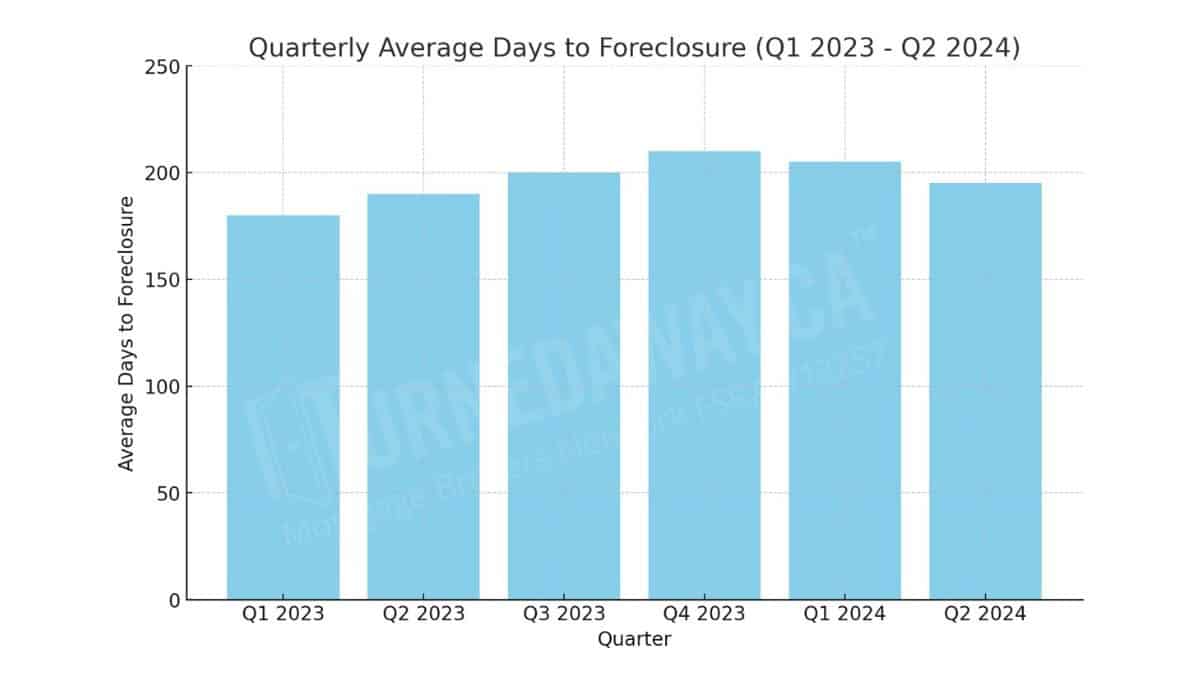 Here’s a bar chart showing the quarterly average days to foreclosure since the first quarter of 2023. The chart highlights the gradual changes in the average time it takes to foreclose on a property across different quarters.
Here’s a bar chart showing the quarterly average days to foreclosure since the first quarter of 2023. The chart highlights the gradual changes in the average time it takes to foreclose on a property across different quarters.
Q1 2023: 180 days
Q2 2023: 190 days
Q3 2023: 200 days
Q4 2023: 210 days
Q1 2024: 205 days
Q2 2024: 195 days
This visualization helps in understanding the trends and any potential patterns in the foreclosure process over time.
Differences Between Foreclosure and Power of Sale
It’s important to understand the distinction between foreclosures and power of sale. While both are legal remedies for lenders to recover unpaid mortgage balances, how they operate differs significantly.
Foreclosure: In traditional foreclosure, the lender takes full ownership of the property and then sells it to recover the loan balance. This is a more judicial process, often including court orders.
Power of Sale: In Ontario, lenders usually choose power of sale, wherein they sell the property without the need for court intervention, under legal authorities sanctioned without taking ownership first. This process is quicker, less costly, and generally avoids lengthy court proceedings.
Rights and Options for Homeowners Facing Foreclosure
Homeowners in Ontario have specific rights and options when faced with the threat of foreclosure. It is crucial for homeowners to understand these to navigate the process more effectively:
– Right to Redemption: Homeowners have a period during the foreclosure process where they can pay off the remaining mortgage balance and any other costs incurred by the lender to stop the foreclosure.
– Reinstatement Rights: Before the foreclosure is finalized, homeowners might have the option to reinstate the mortgage by making all overdue payments to bring the mortgage current, along with any applicable fees.
– Legal Representation: Homeowners have the right to seek legal counsel, which can provide guidance and may help negotiate terms with the lender, potentially arranging for a more favorable outcome like a loan modification.
– Selling the Property: If a homeowner realizes that keeping the home is untenable, they have the option to sell the property before the final stages of foreclosure, giving them a chance to pay off their mortgage debt and avoid having a foreclosure on their credit report.
Understanding and utilizing these options can provide homeowners with crucial avenues to avoid foreclosure or minimize its impacts.
5 Strategic Ways to Save Your Property from Foreclosure
Get a Private Loan
One avenue to consider in avoiding foreclosure is obtaining a private loan. Private lenders are often more flexible than banks and might provide you with the necessary funds to pay off your outstanding mortgage balances.
Refinance Your Mortgage
Refinancing your mortgage allows you to adjust your loan terms, possibly lowering your monthly payments or consolidating your debt into a single loan. This can give you breathing room to manage your finances better and avoid foreclosure. It’s essential to discuss your refinancing options with your lender or consult a financial advisor to understand the implications and benefits of refinancing based on your current financial situation.
Negotiate with the Lender
Communicating openly with your lender about your financial difficulties can sometimes lead to modified loan arrangements that prevent foreclosure. Some lenders may offer to extend the amortization period, reduce the interest rate, or even temporarily defer payments. Negotiation is crucial, and expressing a proactive approach in addressing your payment issues can be pivotal.
Have a Private Lender Buy Out the Mortgage
Another possible strategy is to find a private lender willing to buy out your existing mortgage. This can clear your debt with the original lender and stop the foreclosure process. Ensure you understand the terms offered by the private lender as they may differ significantly from your original mortgage.
Request Forbearance
Forbearance is an agreement to temporarily suspend or reduce your mortgage payments for a specific period. Lenders may agree to this arrangement if you’ve encountered unexpected life changes, such as job loss, illness, or other financial hardships. Requesting forbearance involves submitting a formal application and providing evidence of your financial situation. It’s a viable option to consider if you expect your financial conditions to improve soon.
Secure Your Property Before It’s Late
Navigating through a foreclosure can be a challenging ordeal but understanding the process and laws surrounding it can significantly ease the stress. If you find yourself in a situation where foreclosure seems imminent, it’s important to consult with a legal or financial expert to explore all available options and rights.
Turnedaway.ca is here to help you reduce the risk of foreclosure by facilitating financial situation specific to your needs. Remember, every situation has its unique aspects, so personalized advice is key. We encourage homeowners to seek help early, before the situation becomes critical. Early intervention can lead to more options and better outcomes. Contact us today and save your home.
Apply to Stop Home Foreclosure
Frequently Asked Questions about Foreclosure in Ontario
Do you get any money if your house is foreclosed in Ontario?
In Ontario, if your house is foreclosed and sold by the lender, the possibility of getting any leftover money after the sale depends on whether the selling price covers all the debts linked to the mortgage, including any outstanding mortgage payments, legal fees, and other related costs. If the property sells for more than these debts, you are entitled to receive the surplus amount.
How many missed mortgage payments lead to foreclosure in Ontario?
Most lenders in Ontario will start the foreclosure process after two to three consecutive missed payments. However, this can vary depending on the terms of your mortgage agreement and the lender’s policies.
How long does the foreclosure process take in Ontario?
In Ontario, which uses the power of sale process, the timeline from the initial missed payment to the sale of the property can range from 6 to 12 months.
How long does judicial foreclosure take in provinces like British Columbia or Alberta?
Judicial foreclosure in provinces like British Columbia and Alberta typically takes longer due to court involvement. The process can range from 9 to 18 months or more, depending on the specifics of the case.
